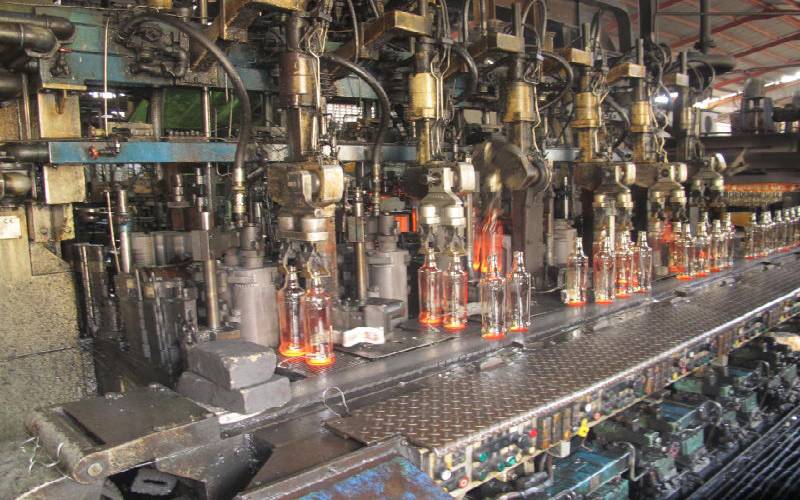×
The Standard e-Paper
Home To Bold Columnists

Upcoming industrial parks appear to offer the best deal for the industry.
From easy access to stable and cheaper power, they easily connect to existing transport infrastructure and embody modern industrial take-off.